Linkin' Lincoln
Joint ventures are nothing new in the car business. Toyota makes cars for GM in California, Ford makes trucks and SUVs for Mazda, Subaru and Mitsubishi used to share an assembly plant and Mercedes sends over the underpinnings for the new Chrysler 300. So how about Lincoln and Acura? Despite Ford's recent problems, their legendary luxury division has a lot to offer Honda's underperforming luxury brand. By the same token, Acura has a few tricks up its sleeve that could help Lincoln regain much of its lost luster.
First and foremost, Lincoln has a V8. While Honda's free-revving six-cylinder engines have earned them justifiable respect and popular success in the American market, the lack of a suitable eight has hamstrung its luxury division since it invaded US shores in March of '86. Despite Acuras' undeniable quality, refinement and relative value-for-money, there's simply no getting around the fact that US consumers view a V8 engine as a luxury car basic. The latest RL is a perfect example: a superb vehicle with a 300hp, 3.6-liter V6 that's two cylinders short of a full order book.
With the steady decline in sales of the Lincoln LS, and the death of the Thunderbird, Ford has sufficient manufacturing capacity to supply Acura with their superb 3.9-liter, DOHC, 280hp V8. Lincoln's torquey powerplant has all the features a modern luxury car engine requires: variable valve timing, multiple valves and aluminum construction. If Acura felt a need for more power, Ford's expertise with supercharging would certainly come in handy.
By the same token, Lincoln could help Acura design and implement a suitable rear-wheel-drive platform– another "must" for American luxury car buyers. Lincoln is also a world leader in air suspension technology. From the 1984 Mark VII to today's self-leveling Navigator, Lincoln drivers have been gliding on air, without any of the reliability issues that have dogged other manufacturers' systems. With Ford's computer-controlled air suspension, Acura would leapfrog their Japanese luxury car competition and pull level with Mercedes, Audi and Jaguar.
Anyone who's examined an Acura in detail knows that the brand's craftsmanship is as good as the best Europeans'. Anyone who's poked around a Lincoln knows that the company's products need to raise their game. Recent reports suggest that Lincoln's Wixom plant is about to become empty. It's the ideal venue for a joint production project that would give Lincoln a much-needed lesson in how to build world-class quality products– on time and under budget.
It's sad but true: Lincoln has lost the ability to deliver a competitive product in a timely fashion. By turning to Acura to produce a new car, Ford would bypass their dysfunctional and paralyzed product development process. Acura could develop a car without the strangling effects of the Ford culture. At the same time, Honda, which pioneered the Japanese move to America to make cars, remains the most westernized of any Japanese carmaker. Honda's management would mesh more easily with Ford's culture than representatives of any other transplanted automaker.
A new Lincoln/Acura would also allow Lincoln to market a car that doesn't owe its parentage to other, cheaper Fords. The most likely incarnation of this cooperative effort would be a Lincoln LS replacement and a new, upscale Acura. Imagine an LS-sized car with a V8, rear-wheel-drive and an air suspension with active controls tied into an advanced stability system. Trim it out to Acura standards, build it with Honda quality and sell it for the price of a 3-Series BMW. Follow it with coupe and convertible versions, and Lincoln and Acura would both be able to compete head-on with BMW, Mercedes, et al. The Lincoln coupe and convertible versions could reclaim the Mark name from pickup truck hell, and restore the Mark to its rightful place in the automotive hierarchy.
An Acura-designed and built Lincoln may sound crazy, but desperate times call for desperate measures. Lincoln dealers are consistently rated among the highest for customer satisfaction; they have tremendous experience selling to luxury car owners and providing them with an appropriate level of after-sales service. But they're dying for lack of competitive product. While some might recoil at the idea of an ostensibly Japanese car sitting in a Lincoln showroom, the new model would be cozying-up to a Mexican built version of a Japanese Mazda (the Zephyr) and a new Towncar built on Swedish underpinnings.
Who knows where all this could lead. What about a Civic-based Focus? Is it possible to stretch the imagination enough to see a Honda pickup truck with a Ford V8? Acura could well be the answer to Ford's challenges, and vica versa.
More by Bob Elton
Latest Car Reviews
Read moreLatest Product Reviews
Read moreRecent Comments
- Michael I don’t have the luxury of choosing the color of my car and even people in my life who have recently purchased relatively expensive new cars are having their choice of what local dealers have or what they’re getting in soon, shades of grey and white. If I had the choice I would have gone with color when I was younger but now would choose a silver, grey, or black. Whatever looked best on the model.
- CoastieLenn That price seems a bit high for a high mileage mid-tier Accord, especially a coupe whose resale is typically lower than the stalwart sedan. I do like this generation coupe a lot though.
- La3541 Red is my go-to color. I love candy-apple red (guards red on Porsche). I have had several red cars. Maroon is not good though.I have always loved British racing green and recently got my first one. A British racing green 4-series that I had to special-order.Silver, black, gray, and white are pretty boring. However, as RNA656.. stated, white looks good on some cars. for more boring colors, I also like chalk on porsches. Nardo gray on Audis is pretty nice.
- CoastieLenn They're gonna sell tens of these, and I don't believe those presented numbers for a second! Good on them for offering it though.
- Chris P Bacon Tuscadero is pink, but eye-searingly is a bit of a stretch. It's actually a little on the darker side in person. Jeep dropped the color just before we could order our '22 4xe. So we got one in High Velocity yellow. Sahara, with a soft top. Was the first one that made it to the dealer when it was delivered, salesman told us everyone in the showroom went out to see it when the truck rolled in. The missus loves it. It's not a color you could put on anything, but it works on the Jeep.



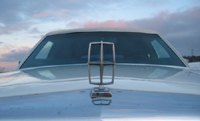

















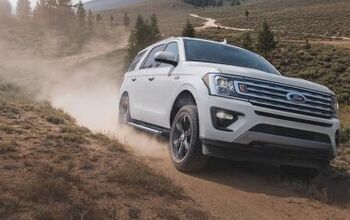
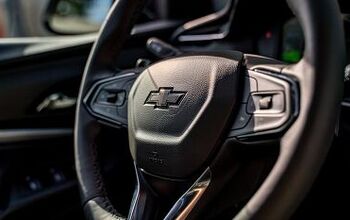

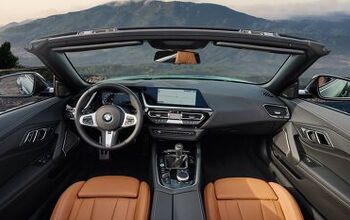
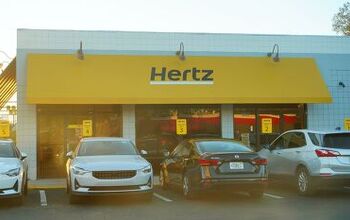
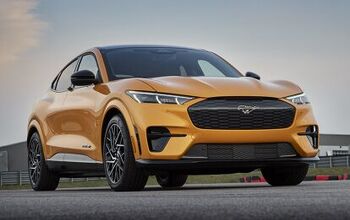

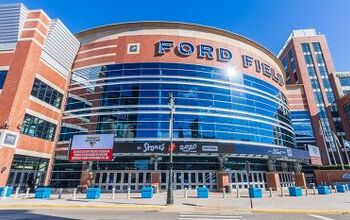
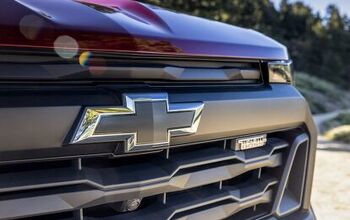
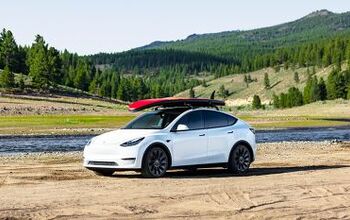
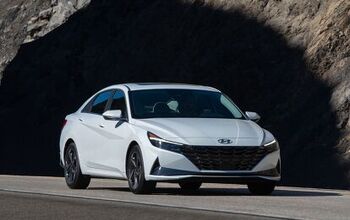
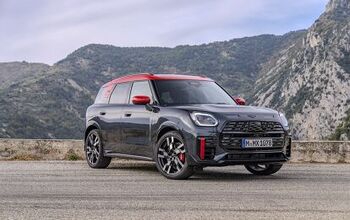
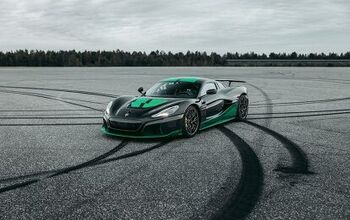
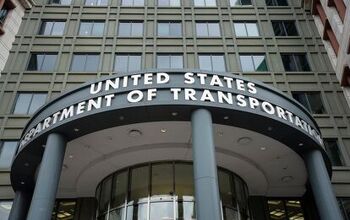
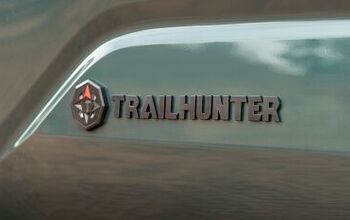
Comments
Join the conversation